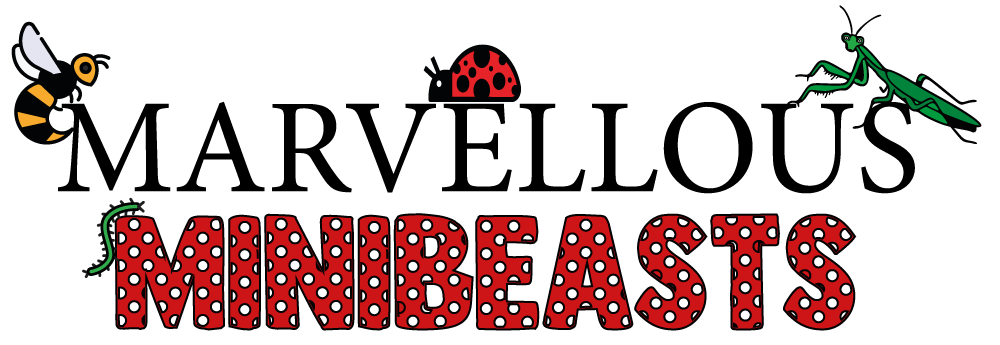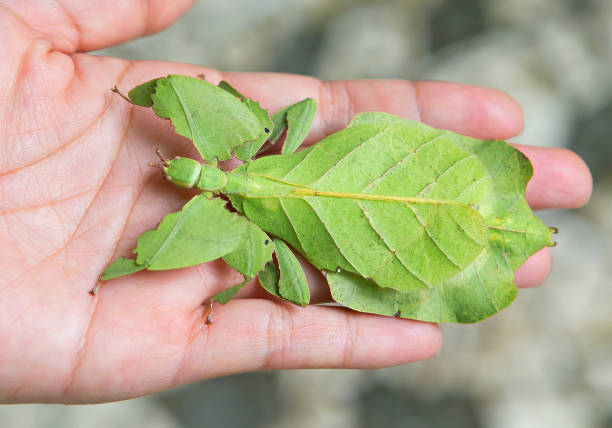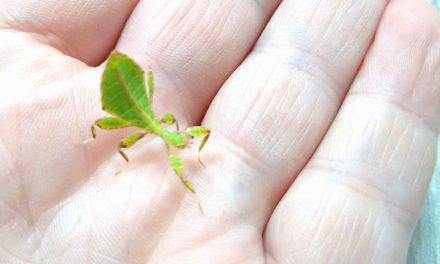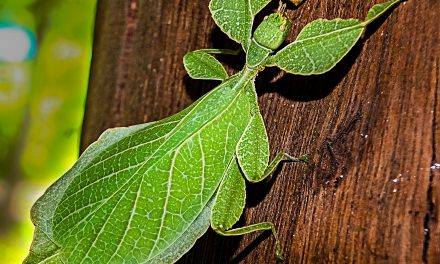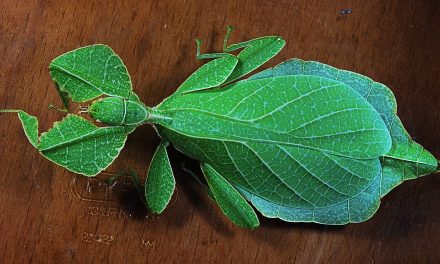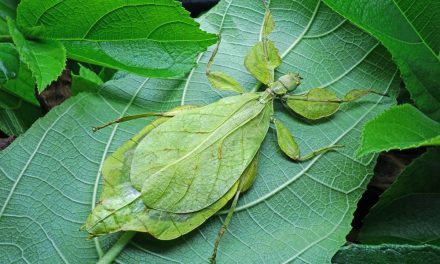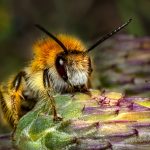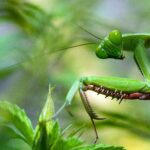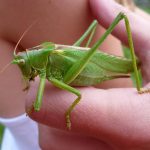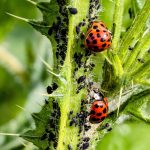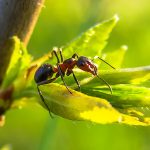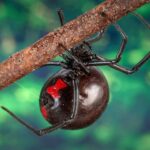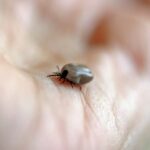If you keep leaf insects as pets, and they are dying or have already died, then it is likely that something was wrong with either their diet or environment, and there are some things that need to be quite specific. Leaf insects require a certain level of care in order to be kept healthy and alive, and we are going to talk you through some of the things that they need in order to do so.
The last thing that you want is for your beloved pet to die or become unwell, even if it is a leaf insect, so we will give you all of the information that you could possibly need about leaf insect care and what might be going wrong for you. If you are fascinated by insects, the leaf insect can make a really great pet when you know exactly how to take care of one, and by the end of this article, you will.
Why Are My Leaf Insects Dying?
Your leaf insects could be dying due to a variety of different reasons, but the most common reasons would be due to insufficient living conditions, or a lack of a proper diet. Leaf insects require a certain level of care to be kept alive and well, and we are going to tell you how you can provide them with this below.
What Do You Need to Keep a Leaf Insect?
If you have been thinking about getting a leaf insect for a pet, or you already have one, these are the things that you are going to need in order to provide the best possible living environments for them. The first thing that you will need is a tank, and it doesn’t matter if this is made from plastic or glass as long as it is safe and sturdy.
They need this area to be able to live comfortably, and you can buy these from a variety of different retailers. Pet stores and online retailers are some of the best places to look for these tanks, and there are lots of different ones available to suit all budgets.
As well as the tank, you are also going to need some form of substrate for the base of the tank, and this can be anything along the lines of bark or peat. You can also provide things like leaves and twigs for them to hide in if they want to and this can make the area feel more like home.
Something that is really important for you to know is that leaf insects need to be kept warm, and the temperature of the tank should be kept between 25 and 30 degrees celsius. Not many people will have their homes constantly between these temperatures, which is why we recommend getting a heat mat that will raise the temperature when it needs to.
Another thing that leaf insects love is humidity, which is why you will need to regularly mist their tank. Though, you should make sure that the substrate doesn’t get too wet, as this can lead to mould or fungus growing in the tank, which you don’t want to happen.
What Do Leaf Insects Eat?
Leaf insects are herbivores, which means that their main source of food is leaves, and something that they love to eat is bramble leaves. They can also eat other things like eucalyptus and oak leaves, but brambles are probably your best bet. When it comes to providing them with food, you should avoid collecting any brambles from the side of the road, as vehicle fumes could have made them toxic for the leaf insects. Another thing to avoid is any plants or leaves that have previously been sprayed with pesticides, as these can be deadly if your leaf insect were to consume them.
The best thing that you can do is to wash the leaves before you place them in the tank, to make sure that they are safe to eat. Leaf insects can be fussy, which is something to be aware of, and they will not eat anything if they don’t want to or if it is toxic to them. This might result in you having to try a few different types of food if your insect isn’t eating.
Why Isn’t My Baby Leaf Insect Eating?
Baby leaf insects can sometimes be reluctant to feed, and this is quite common. However, you can overcome this with two different methods. The first of these would be to add older feeding insects into the tank, and the second is by cutting the edges of the leaves they are eating. Cutting the leaves will make it easier for them to eat, which is something that baby leaf insects can find to be difficult.
What Do Leaf Insects Drink?
Leaf insects need to drink water to survive, which is why we recommend that you lightly mist the leaves with water every few days, as this will give them a source of water that they can drink from.
Why is my Leaf Insect Losing Limbs?
Throughout their lifetimes, leaf insects will undergo incomplete metamorphosis, which is when gradual changes happen over time. If their tank is too dry, a leaf insect can often have difficulties when it comes to shedding its old skin, and it can result in the loss of a limb when they are moulting.
If this does happen, it is possible for them to regrow a limb, but this can only happen when they moult again. So, if your leaf insect is a fully grown adult, then they won’t be able to regrow any limb that has been lost. This is why it is so important to ensure that their living environment is as accurate as possible.
Something that you should be aware of is that leaf insects are very fragile, so you will need to take care when you are handling them. If you do want to handle your leaf insect, you should gently coax them onto your hand instead of trying to pick them up. They can easily lose a leg if you rough-handle them, so you should always be as gentle as possible.
Why is My Baby Leaf Insect Dying?
Your baby leaf insect could be dying due to a poor living environment, a lack of food intake, or even through the accidental introduction of predators to their living area. Baby leaf insects are really fragile, which means that they are much more likely to die than adult leaf insects. The younger they are, the more fragile they will be, so you should make sure that you are following all of our methods for providing the best possible living environments for your leaf insect.
It is actually more common than you might think for your baby leaf insect to die, and sometimes, even with the best living conditions, it can still happen. However, there are some things that you can do that will minimise the risk of this happening. We have already talked about their food above, but something else that you should know about their food is that it needs to be kept as fresh as possible. When the leaf insects are really young, we recommend changing their leaves twice a week.
Some people might prefer to buy multiple baby leaf insects to increase the chance of ending up with a healthy adult in the future. However, there is the possibility that they might all survive, so if you don’t want to end up with multiple leaf insects, then this might not be the best idea for you.
Something that you might do accidentally is collect a plant from outside and put it in your leaf insects tank without realising that you have introduced a predator into their living space. Baby leaf insects are really small, which means that they are at a greater risk of being eaten by bigger insects. If you accidentally introduce them to a spider, things are probably going to go downhill quite quickly.
This is why it is really important to wash all of the leaves and plants that you might be introducing to your leaf insect’s environment, to make sure that you are getting rid of any unwanted predators that might be lurking in them. Carefully wipe both sides of each leaf and hold them under fast running water to make sure that they are free from any additional insects.
As long as your leaf insects are being well-fed and watered, kept warm and humid, and you are providing them with everything that they need, then you are doing your job right. Hopefully, your baby leaf insects will survive to adulthood, just know that this might not always be the case. Sometimes, death is just a natural part of nature.
Why Are My Leaf Insect’s Eggs Dying?
Leaf insect eggs will not survive if there is any mould nearby in the tank, so you will need to make sure that the bottom of the tank is only moist and not wet. The eggs should hatch after around 4 to 5 months.
